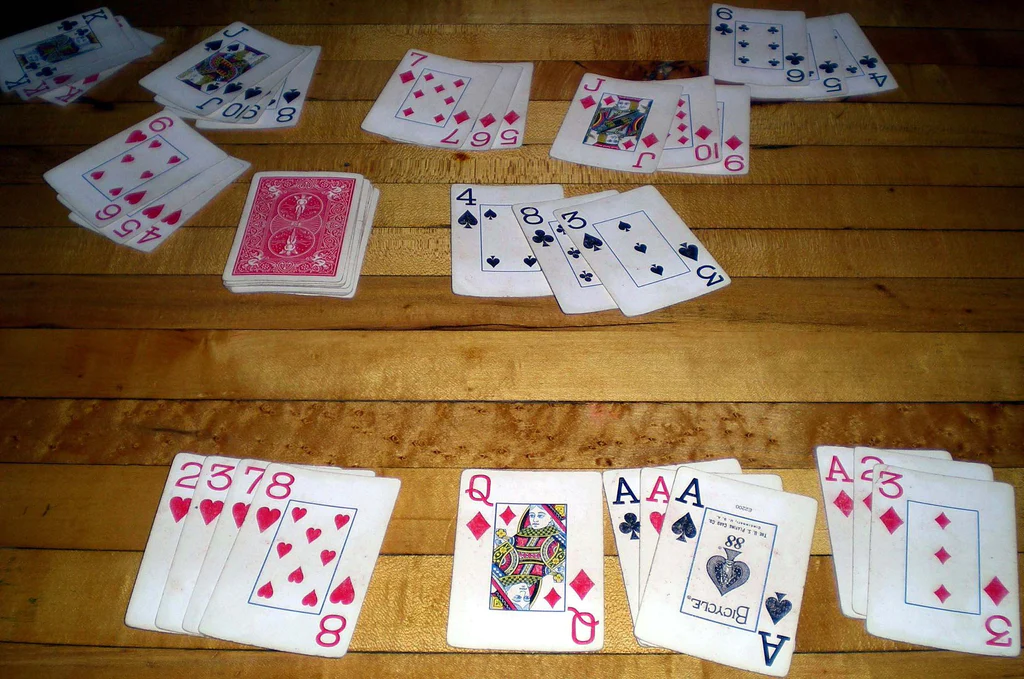Rummy is a card game played around the world that has grown increasingly popular in recent years. Although it’s easy to learn and requires minimal effort to master, its many complex rules make it challenging to perfect.
Rummy’s origins and development are less well-documented than some other casino games, but there are several theories as to its development. One popular theory suggests it evolved from Conquian, a Spanish card game which crossed over into Mexico during the late 19th century.
Origins
Rummy is one of the world’s most beloved card games, offering players an enjoyable challenge and rewarding strategy. Even beginners can learn and enjoy this thrilling card game!
Rumors abound about where rummy originated. Some speculate that it was first played in Mexico during the late 19th and early 20th centuries in a game known as Conquian (con-quian means “with whom”)
Other people speculate that rummy originated in Asia. A Chinese game known as Mahjong shares similar mechanics to rummy.
Around the world, there are various versions of rummy. Popular options include Rummy, Gin Rummy and Canasta.
Rules
Rummy is a card game where players attempt to build sets and sequences of cards. It uses two decks of cards, with the dealer dealing out one set number of cards to each player.
The game begins with the first player drawing a card from either the stock pile or discard pile. Subsequent players take turns drawing cards clockwise around the board.
After each turn, a player can choose to place one or more cards into melds or lay off on existing ones. The player who manages to finish all their cards within one round (known as “a hand”) will win the game.
Variations
Rummy is one of the world’s most beloved card games. It also has a strong social component, as it can be enjoyed by up to eight players simultaneously.
Rummy is a card game where each player receives an assortment of cards from either a standard deck of 52 cards or multiple decks. Un-dealt cards are placed face down in what’s known as the stock pile.
Players arrange their cards into sets and sequences until they make a valid declaration. If they do, the game is over and all players score points based on the cards left in their hands.
In rummy, a set is composed of three or more cards of the same rank; on the other hand, a run consists of consecutive cards from the same suit in serial order. A meld is created when these two elements combine to form one larger combination and can be used as the means to win the game.
Scoring
Rummy is a card game in which players attempt to assemble sequences and sets from cards. It is played using an ordinary deck of 52 cards.
Rummy comes in several variants, each with its own rules. You can play this card game with 2 to 6 players and the deck used depends on how many are present.
Each round begins with a player drawing one card from their stock or last revealed card on the discard pile. After this, the round comes to an end when either someone goes out (discards their last card) or all cards have been drawn from the stockpile.
Once a round has concluded, the winner is determined based on how many melds each player made. Players also keep a cumulative score after each hand for reference.





